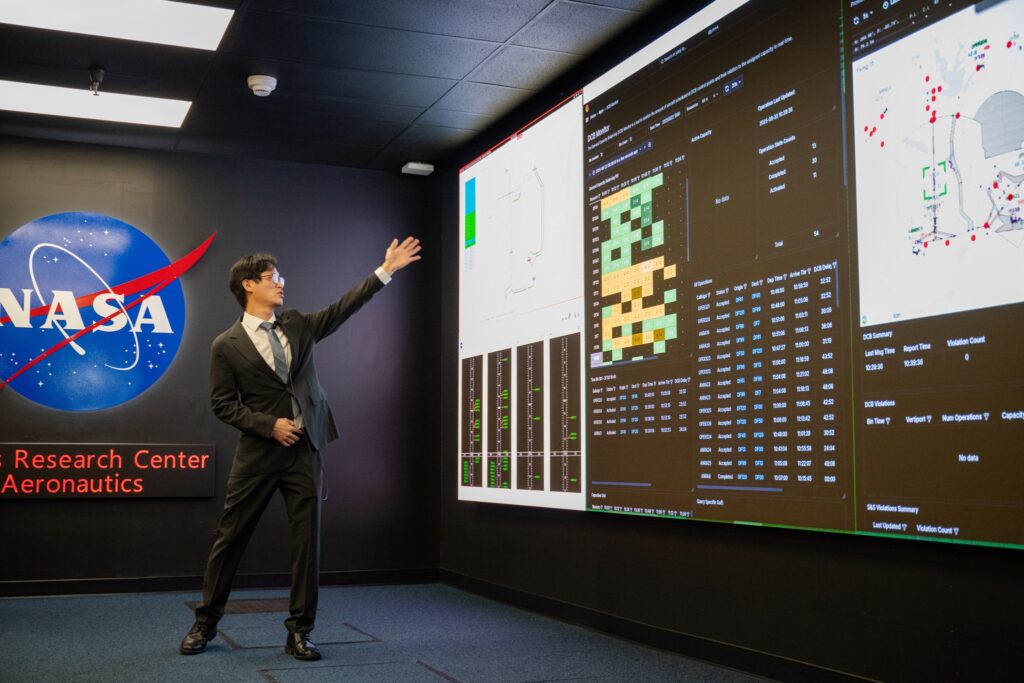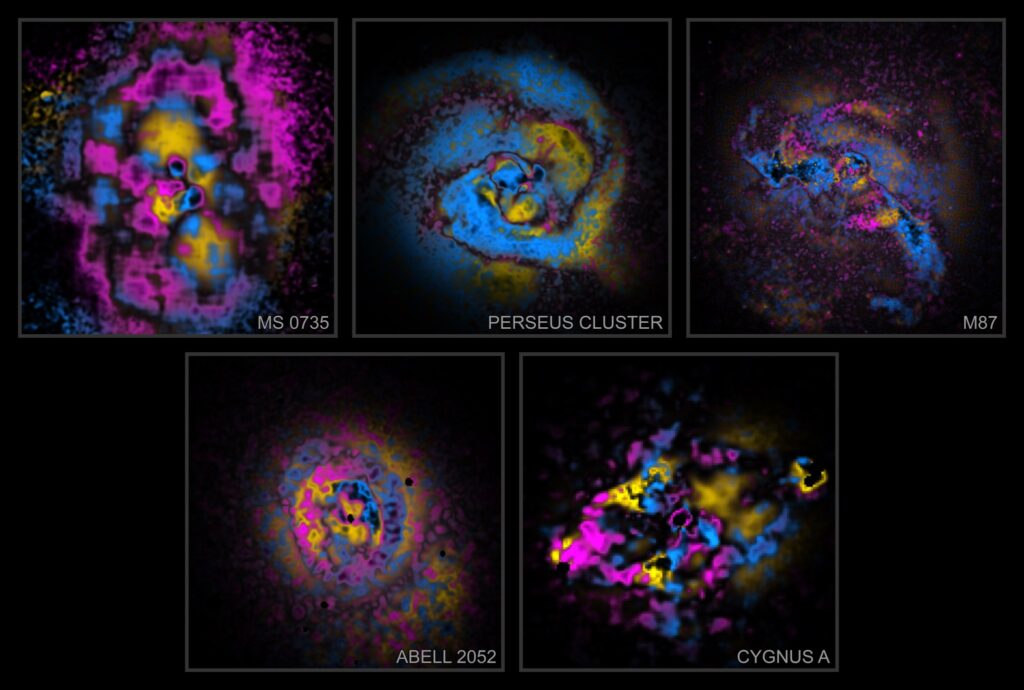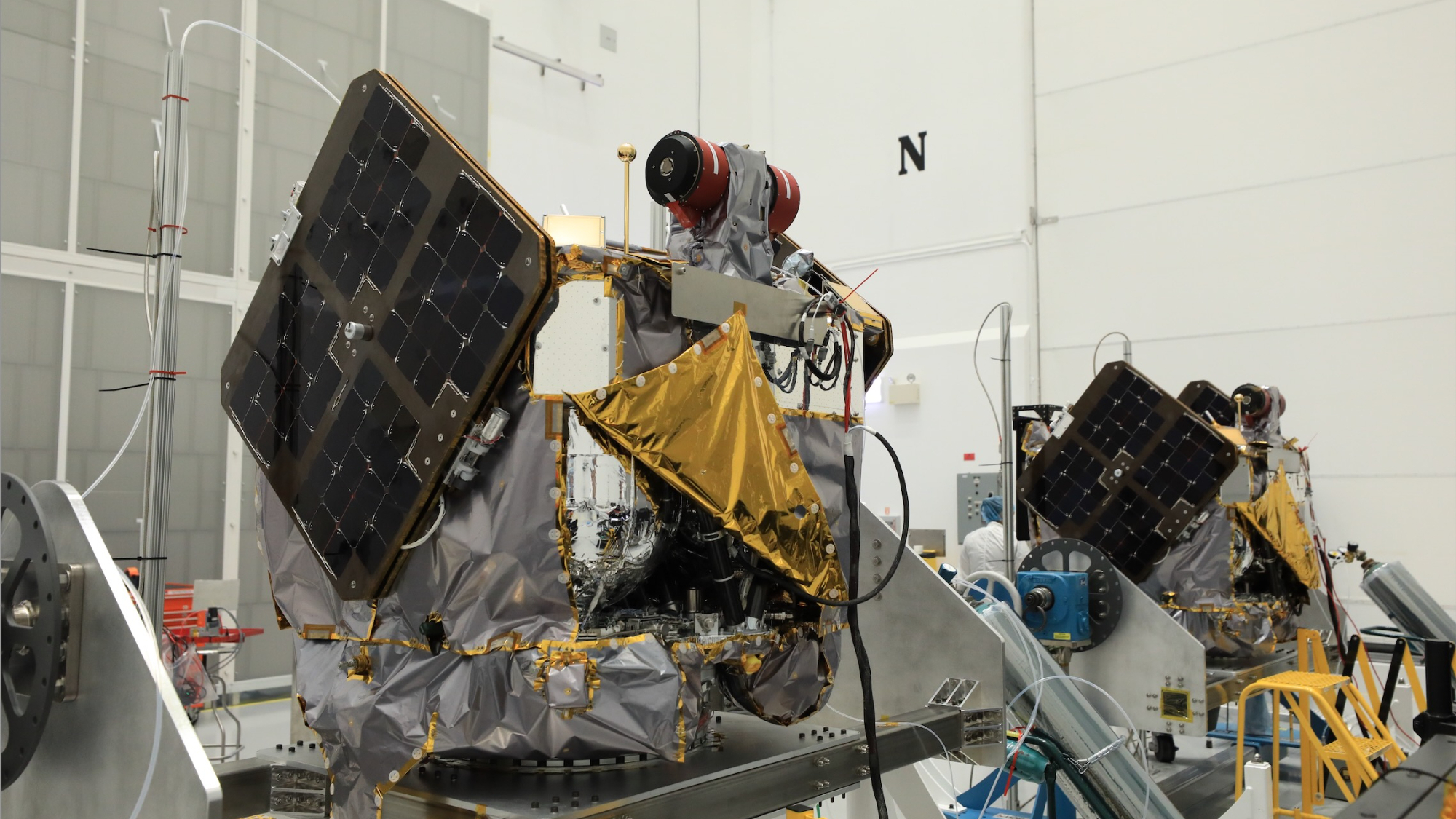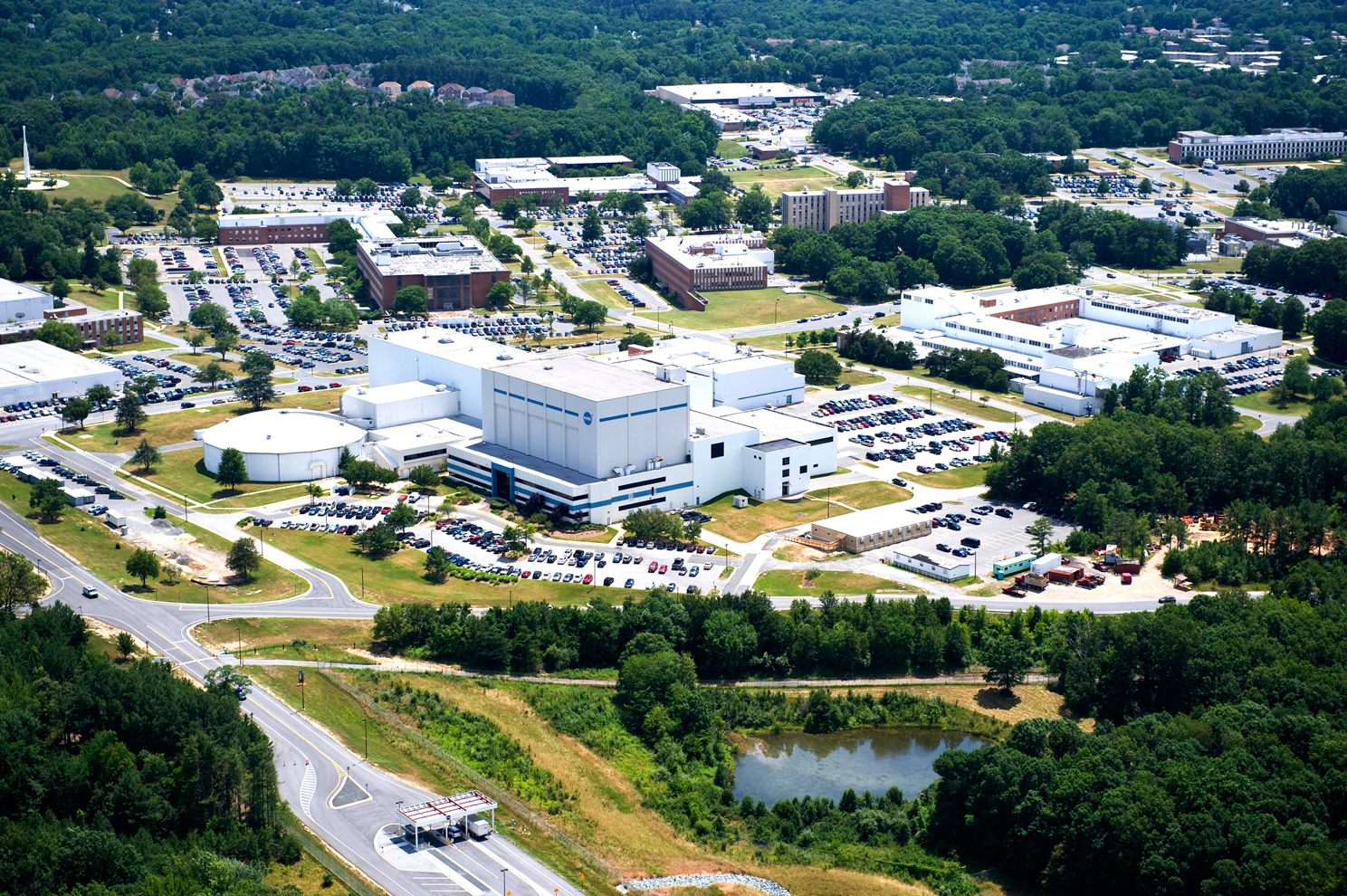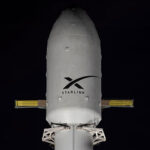Now Reading: Blue Origin Postpones Mars Mission Launch Due to Severe Solar Weather Conditions
-
01
Blue Origin Postpones Mars Mission Launch Due to Severe Solar Weather Conditions
Blue Origin Postpones Mars Mission Launch Due to Severe Solar Weather Conditions


Blue Origin’s plans for the launch of its NG-2 mission, carrying NASA’s ESCAPADE payload, were derailed not by the tumultuous weather in Florida, but by cosmic phenomena. The initial launch attempt was scheduled for November 12 but was postponed due to heightened space weather conditions. The launch ultimately took place a day later, on November 13, allowing ESCAPADE to embark on its mission to explore how solar storms contributed to the loss of Mars’ atmosphere.
The decision to delay the launch stemmed from a series of coronal mass ejections that impacted Earth earlier that week, resulting in severe G4 geomagnetic storms. These storms produced breathtaking auroras visible as far south as Mexico and Florida, but they also posed a significant risk to the ESCAPADE spacecraft during critical launch and deployment stages.
In an announcement on November 12, Blue Origin cited “highly elevated solar activity and its potential effects on the ESCAPADE spacecraft” as the reasons for postponing the launch until conditions improved.
The Sun operates on an approximately 11-year cycle of varied activity, shifting between calm and stormy phases. Currently, Earth is in a downturn following a solar maximum that likely peaked in October 2024. A sunspot designated AR4274, responsible for the NG-2 delay, has been a prolific source of solar flares, most notably releasing an X5.1-class flare on November 11, which caused significant radio blackouts in parts of Africa and Europe.
Solar weather encompasses a range of phenomena, with solar flares and coronal mass ejections being key players. While solar flares can disrupt radio communications almost instantaneously, CMEs take longer to reach Earth but can have more damaging effects. These huge clouds of solar material can travel at speeds nearing 3,000 kilometers per second, making them a substantial threat to both launches and operational satellites.
The recent G4 geomagnetic storm was notable, marking only the fourth occurrence of its kind in the current solar cycle, highlighting both its rarity and potential hazards. Traditionally, launch weather officers focus on ground conditions like lightning and wind but must now also monitor space weather due to its implications for spacecraft safety.
The risks posed by severe solar weather extend beyond initial launch phases; satellites and operational spacecraft can suffer cumulative damage from intense radiation exposure, with effects often being more pronounced in orbit. The potential for destruction increases during geomagnetic storms when the concentration of trapped electrons can intensify dramatically, increasing the likelihood of satellite malfunctions.
The vulnerabilities of spacecraft are not solely relegated to launch conditions. For those operating in low Earth orbit, such as the James Webb Space Telescope, the lack of Earth’s protective magnetic field means they are directly exposed to the harsh realities of space weather. Webb, positioned at the Sun-Earth L2 Lagrange point, has no prospect of repair and is equipped with a robust sunshield, yet remains susceptible to damage.
Conversely, astronauts aboard the International Space Station, which orbits at 400 kilometers above Earth, are relatively shielded from these risks. In extreme events, crew members can seek refuge in areas of the station that provide maximum protection.
As humanity’s reliance on satellite technology grows, the stakes related to space weather rise correspondingly. The ever-increasing number of satellites in orbit – including those from SpaceX’s Starlink and other major players – means that space weather issues are becoming a routine concern for mission planning and satellite operation.
Forecasters now rely on a network of solar observatories to provide early warnings for space weather events, predicting impacts up to an hour ahead. The delay of the ESCAPADE mission showcases the complexities of this new layer of planning in aerospace operations. Although scientists were able to anticipate the severe conditions leading to the launch scrub, a clear timeline for improved conditions remained elusive.
As ESCAPADE commences its mission, tasked with unraveling the mysteries of Martian atmospheric loss linked to solar activity, it serves as a compelling reminder of the interwoven fates of our explorations beyond Earth and the space weather we must navigate. The mission, ironically delayed by the very phenomena it seeks to study, could yield crucial insights not just for Mars but for safeguarding our own advancements in the increasingly vulnerable expanse of outer space.
Stay Informed With the Latest & Most Important News
Previous Post
Next Post
-
 012024 in Review: Highlights from NASA in Silicon Valley
012024 in Review: Highlights from NASA in Silicon Valley -
 02Panasonic Leica Summilux DG 15mm f/1.7 ASPH review
02Panasonic Leica Summilux DG 15mm f/1.7 ASPH review -
 03How New NASA, India Earth Satellite NISAR Will See Earth
03How New NASA, India Earth Satellite NISAR Will See Earth -
 04And Thus Begins A New Year For Life On Earth
04And Thus Begins A New Year For Life On Earth -
 05From Polymerization-Enabled Folding and Assembly to Chemical Evolution: Key Processes for Emergence of Functional Polymers in the Origin of Life
05From Polymerization-Enabled Folding and Assembly to Chemical Evolution: Key Processes for Emergence of Functional Polymers in the Origin of Life -
 06Astronomy Activation Ambassadors: A New Era
06Astronomy Activation Ambassadors: A New Era -
07SpaceX launch surge helps set new global launch record in 2024












